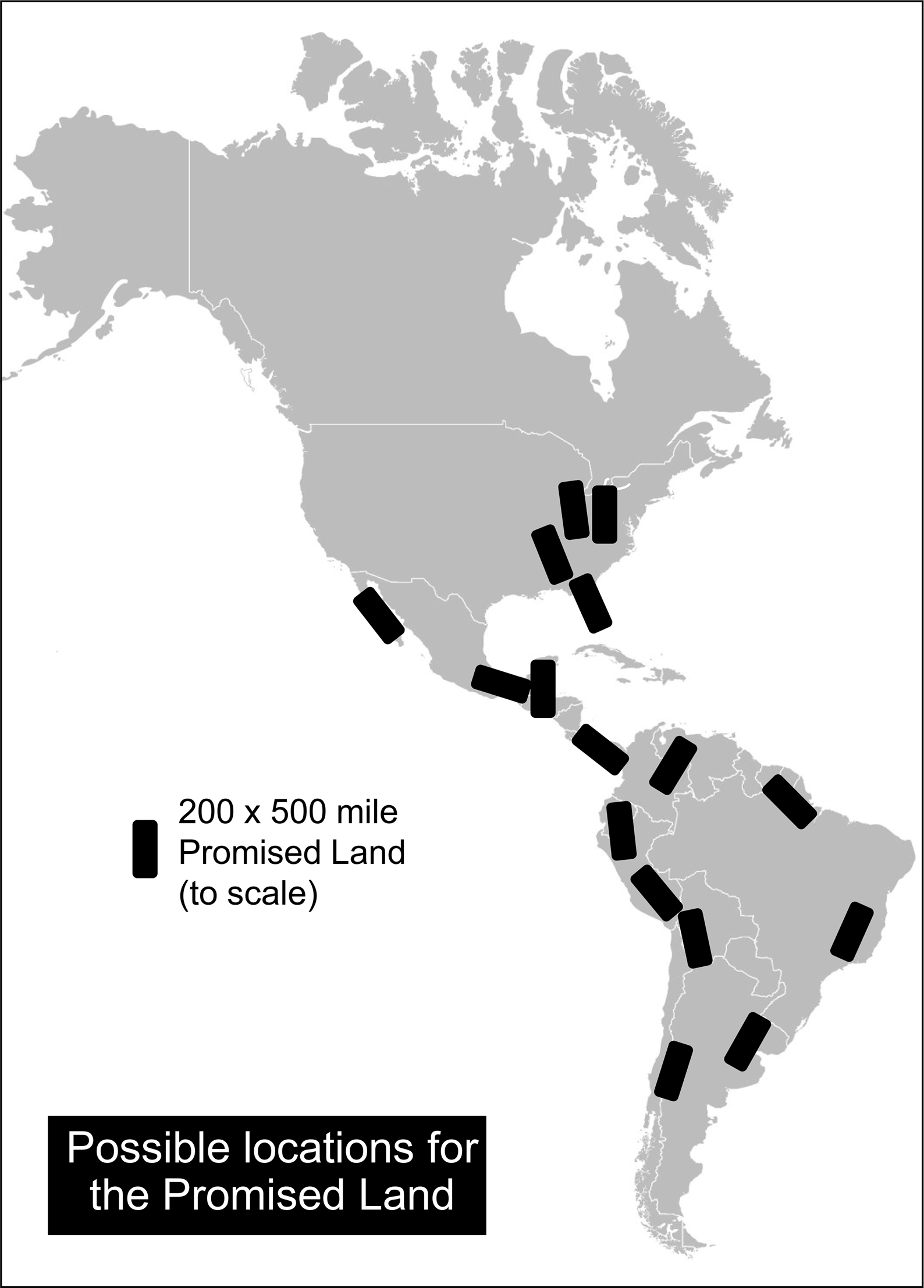Doctor Steuss wrote: ↑Mon Apr 24, 2023 7:25 pmSo, when it says "...make ready his horses and his chariots...", we should interpret this as, what exactly? The equivalent of "make ready his unrelated domesticated food source, and his mode of transportation that will be pulled by something else"?
It's exactly what Joseph Smith visualized and imagined while he was telling the story to his scribe who wrote exactly as they too could imagine were "horses" and "chariots" as understand in the mind of any 19th century American who talks about horses. A horse is a horse, of course! Right?
Joseph's mama later told how her young boy used to go on and on about how ancient Indians got along on the American continent which includes New York which I might add is north of the land of Nephi down past the narrow strip of wilderness which leads to the southernmost tip of Delmarva -- where Lehi landed and found horses (1 Nephi 18:25). And, to make matters clear, young Joseph was very familiar with horses and chariots as mentioned multiple times in the Bible in which he was so apt to plagiarize from.
• Ancient inhabitants
• This continent of America
• Dress standards
• Mode of travel
• Animals used for transport
• Cities
• Buildings and structures of various material
• Mode of warfare (tactical & strategic)
• Religious worship
